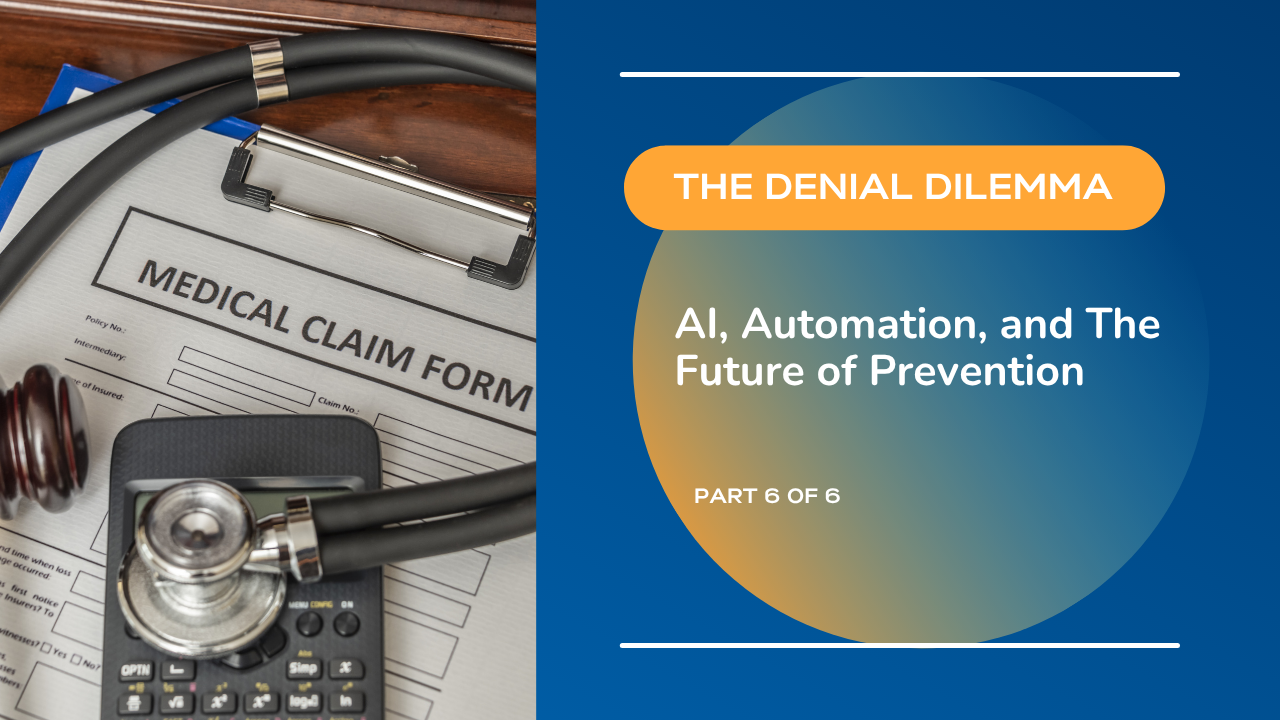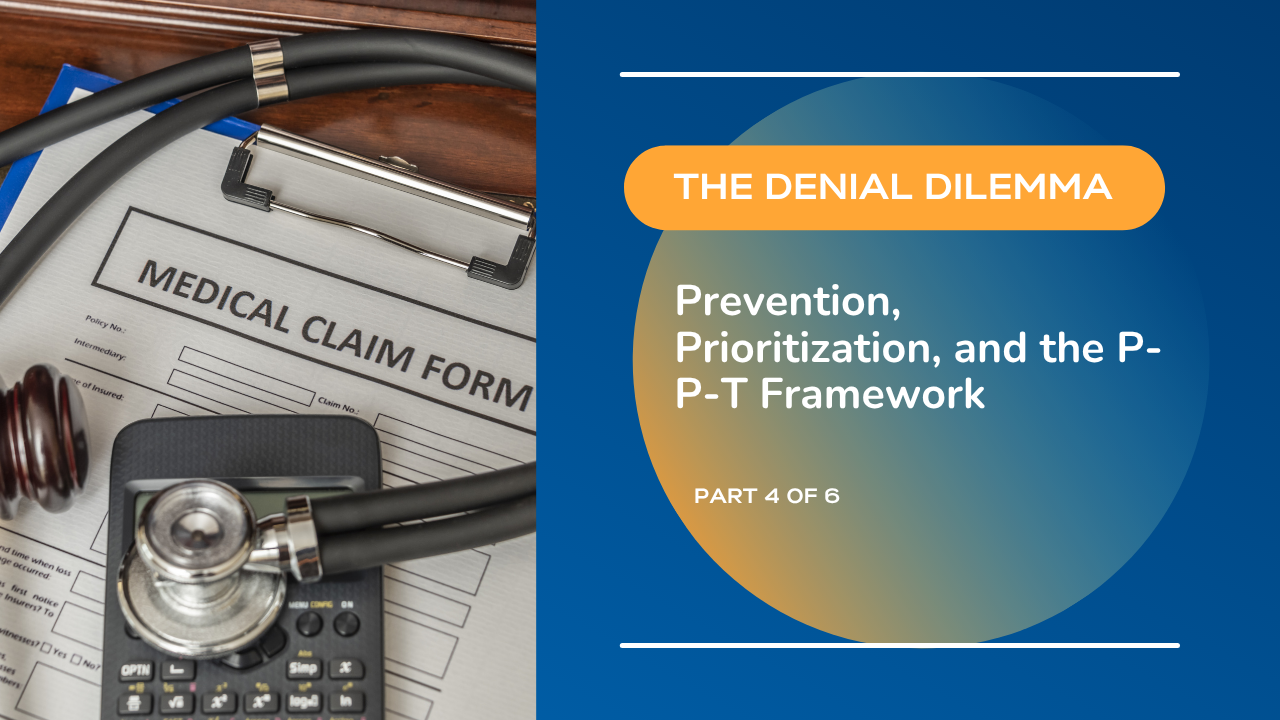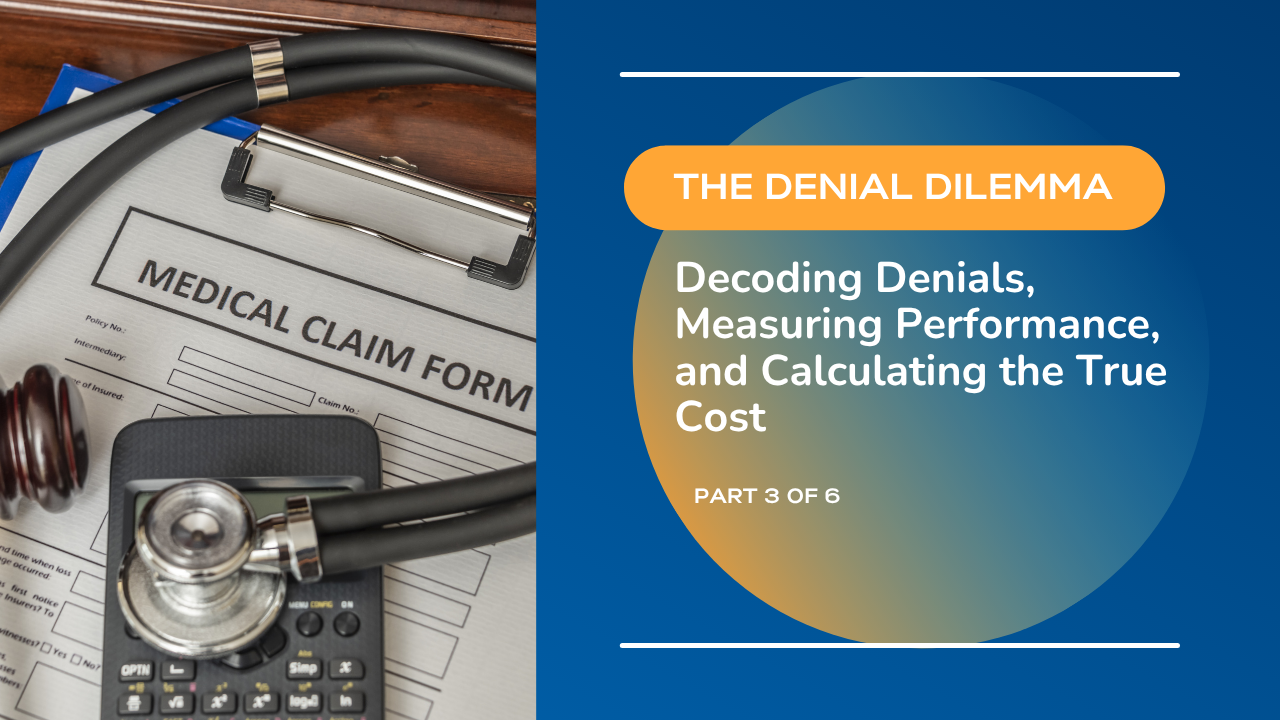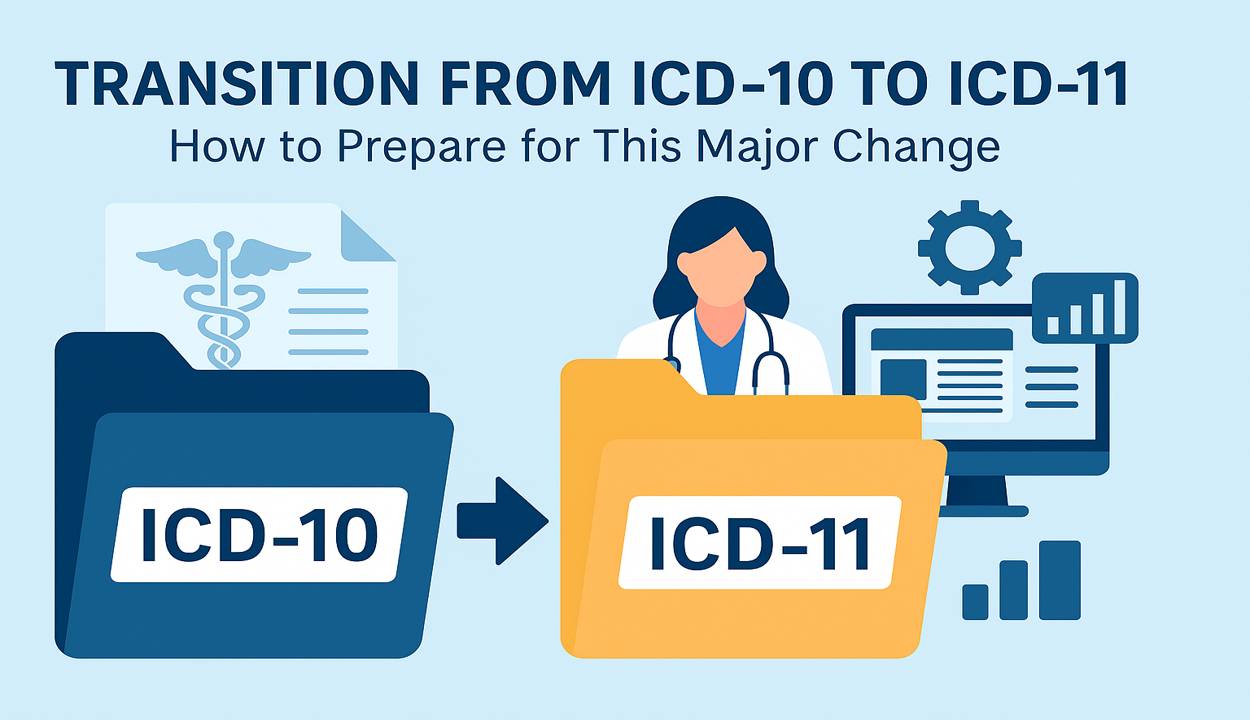Revenue Cycle Management Blog

Computer-Assisted Coding vs AI Coding vs Outsourcing: Which Medical Coding Model Works Best?
Medical coding has become one of the most critical parts of a healthcare organization’s financial health. Payer rules change, documentation becomes more complex, and staffing challenges continue while many healthcare executives and practices are asking the same question. How do we keep coding accurate.

RCM Is No Longer Enough – Physicians Need Actionable Intelligence
In our rapidly evolving healthcare business and regulatory environment, medical practices and physicians are no longer satisfied with legacy revenue cycle management (RCM) software that simply automates claim submission, posting, and denials follow-up. What they truly want is revenue intelligence a deeper, smarter, predictive capability that anticipates issues

The Denial Dilemma: AI, Automation, and The Future of Prevention
Explore how Automated Eligibility Checking, Sophisticated Claims Edits, and the power of AI/RPA transform the third pillar of the People, Process, and Technology (P-P-T) framework, making your RCM strategy resilient, efficient, and profitable. Learn to leverage technology to prevent denials at the source and secure your financial future.

UnisLink and Stitch PEO – Time is Money: Why Managing Your Practice’s Workforce is the New Frontier of RCM
Time is money: managing your workforce is the new frontier of RCM. Stitch PEO, a UnisLink Channel Partner, reveals the 5 advantages of PEOs for medical practices. Stabilize costs, gain Fortune 500 benefits, and offload critical compliance risk (HIPAA, Stark Law) to free up time for patient care.

The Denial Dilemma: Prevention, Prioritization, and the P-P-T Framework
Discover the P-P-T Framework (People, Process, Technology), a coordinated strategy for sustainable denial management. Learn critical KPIs (like Revenue Realization Rate and AR Over 120 Days) to assess staffing sufficiency and get guidance on how to prioritize the highest-impact denial problems by value and frequency, setting the stage for continuous revenue cycle improvement.

The Denial Dilemma: Decoding Denials, Measuring Performance, and Calculating the True Cost
Learn to decode denial codes (CARCs vs. RARCs), analyze the most frequent denial reasons, and measure performance using key KPIs like the Initial Denial Rate. Crucially, we provide the formulas to calculate the true administrative cost of working denials and the net financial value of your recovery efforts.

The AMA’s 2026 CPT Updates: What Physician Groups Need to Know About AI-Augmented Codes
The AMA’s 2026 CPT code set introduces new codes for AI-augmented services in radiology, diagnostics, and pathology. Learn what these updates mean for independent physician groups, how they affect compliance and reimbursement, and what RCM teams can do now to prepare for this major industry shift.

The Transition from ICD-10 to ICD-11: A Fundamental Shift for U.S. Healthcare Practices
The transition from ICD‑10 to ICD‑11 represents a significant change for U.S. healthcare practices. ICD-11 is already in effect globally, the U.S. has not yet set an official implementation date. Nonetheless, proactive preparation is vital for independent physicians and small group practices to ensure a smooth transition, maintain revenue flows, and avoid operational disruption. Learn what is changing, what to expect, and how to prepare for the transition.